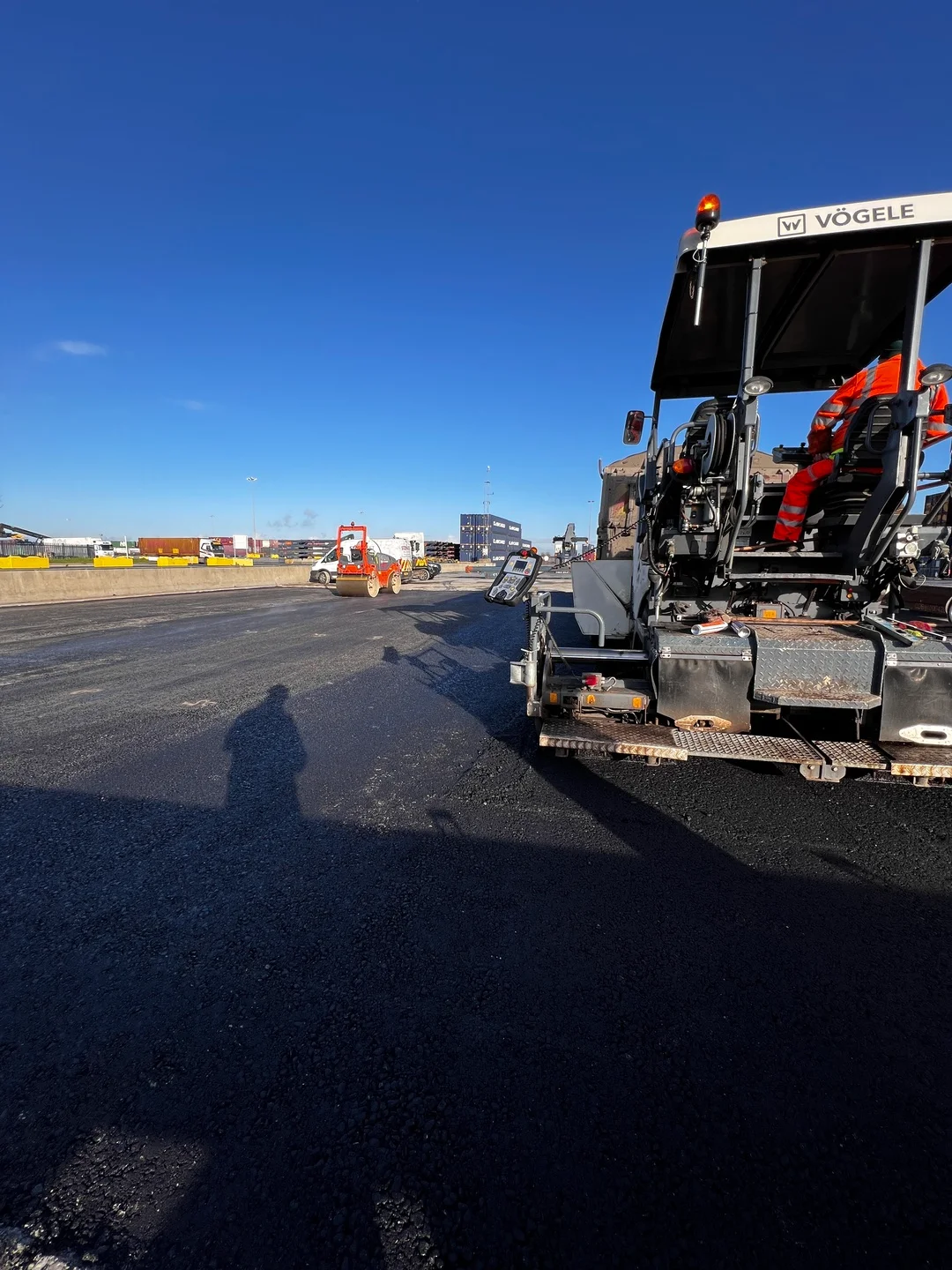
Can You Offset the Costs of Tarmac Surfacing for Your Commercial Property? A Practical Guide for UK Businesses
Investing in tarmac surfacing or resurfacing for your commercial property is a big decision, and the costs can seem daunting. But here’s the good news: there are ways to offset some of these expenses in the UK, and we’re here to help you understand how. Whether you’re upgrading a car park, access road, or pathways, this guide will walk you through the options available to make your investment go further.
Understanding Capital Allowances
One of the smartest ways to save on surfacing costs is through capital allowances. These allow businesses to claim tax relief on qualifying capital expenses, such as infrastructure improvements.
What Counts as Qualifying Costs? If your tarmac surfacing project is essential for running your business-think car parks, access roads, or pathways-it might qualify for capital allowances.
Annual Investment Allowance (AIA): With the AIA, businesses can claim 100% of qualifying expenses in the year they’re incurred, up to the current limit of ¬£1 million (2023/24).
You can find more details on capital allowances on the UK Government’s website.
Repairs vs. Capital Improvements
Knowing the difference between repairs and improvements can make a big difference when it comes to tax relief:
Repairs and Maintenance: If you’re patching up potholes or reapplying a surface to keep things in working order, these costs are usually fully deductible as repairs in the same tax year.
Capital Improvements: If you’re making significant upgrades, like turning a gravel path into a tarmac driveway, these are considered capital expenses. While not immediately deductible, they may qualify for capital allowances.
Reclaiming VAT on Tarmac Surfacing Costs
If your business is VAT-registered, there’s a good chance you can reclaim the VAT on your tarmac surfacing costs. This can provide a significant saving for larger projects.
Eligibility: The surfacing must directly support your business operations. If your property is used for both commercial and residential purposes, only the commercial portion may qualify.
How to Claim: Simply include the VAT costs in your regular VAT return. Need more info? Visit the UK Government’s VAT guide.
Go Green for Extra Benefits
Thinking sustainably can open up even more opportunities to offset costs:
Sustainable Urban Drainage Systems (SuDS): Choosing permeable tarmac that supports natural drainage might make you eligible for grants or incentives aimed at reducing flood risks.
Enhanced Capital Allowances (ECAs): Certain environmentally friendly upgrades could qualify your project for enhanced tax relief.
Find out more about SuDS on the Susdrain website.
Business Rates Relief
Significant improvements to commercial properties may occasionally qualify for temporary business rates relief. This can be especially relevant if the property is unoccupied during the works. Check with your local council to see if you qualify.
Local Grants and Incentives
Some local councils offer grants or funding for infrastructure improvements that benefit the community. These could include:
– Enhancing accessibility for customers.
– Supporting local environmental initiatives.
Visit your council’s website or use the UK Government’s grant finder tool to explore options.
Frequently Asked Questions (FAQs)
Can I claim tax relief on all tarmac surfacing costs?
Not all costs are immediately claimable. Repairs and maintenance are typically deductible in the same tax year, while capital improvements may qualify for capital allowances over time.
How do I know if my project qualifies for VAT recovery?
If your business is VAT-registered and the surfacing work directly supports business operations, you can usually reclaim the VAT. Mixed-use properties may require you to calculate the commercial portion.
Are there grants available for sustainable surfacing projects?
Yes, projects incorporating eco-friendly solutions like permeable tarmac might qualify for local grants or Enhanced Capital Allowances (ECAs). Check with your local council for specific opportunities.
What records do I need to claim these offsets?
Keep all invoices, receipts, and proof of payment. Detailed project descriptions and documentation of business use can also help support your claims.
How can I find out about local incentives?
Visit your local council’s website or use tools like the UK Government’s grant finder to identify relevant grants and funding opportunities.
Making the Most of Your Savings
Here are some practical tips to ensure you’re getting all the help available:
1. Speak to a Tax Advisor: A professional can help you navigate the rules and ensure you’re claiming all eligible reliefs.
2. Keep Good Records: Save all receipts, invoices, and proof of payment for your surfacing project.
3. Plan Ahead: Align your surfacing projects with your financial goals to maximise allowances and incentives.
Conclusion
Upgrading your commercial property with tarmac surfacing is an investment that pays off in both functionality and appearance. By taking advantage of tax reliefs, VAT recovery, and local incentives, you can reduce the financial burden and make the process smoother.
If you’re considering a project and want to learn more about how to maximise your savings, get in touch with Cathedral Surfacing today. We’ll not only deliver exceptional results but also help guide you on making the smartest financial choices for your business. Contact us for a free quote and let’s get started!
